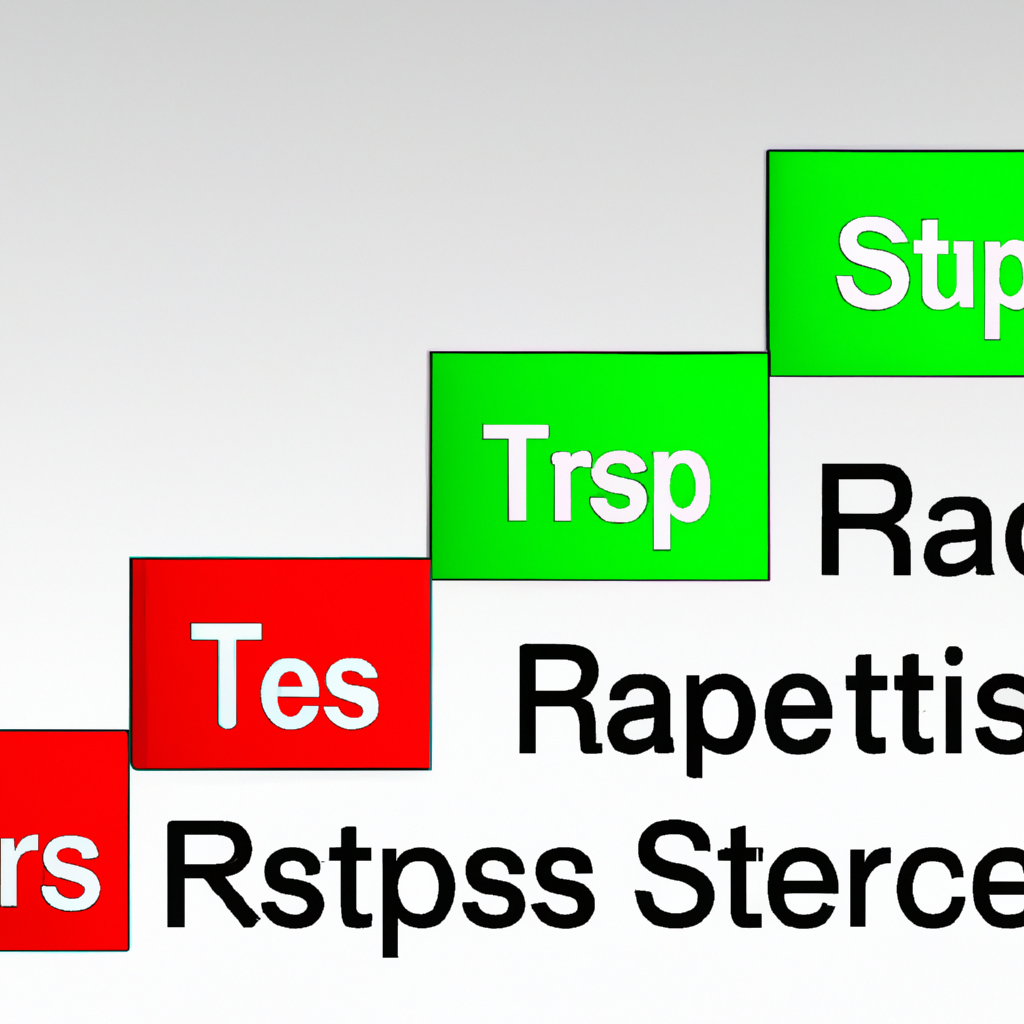Understanding Support and Resistance Levels in Trading
Support and resistance levels are essential concepts in technical analysis that help traders identify potential price levels where a financial asset may experience a pause, reversal, or acceleration in its trend. These levels are widely used by traders to make informed decisions regarding entry and exit points in the market.
What are Support and Resistance Levels?
Support and resistance levels are horizontal lines or zones on a price chart that represent areas where the buying (support) or selling (resistance) pressure is significant enough to cause a reaction in the price of an asset. These levels are determined by historical price data and are considered psychological barriers that influence market sentiment.
Support Levels
Support levels are price levels where the demand for an asset exceeds the supply, preventing the price from falling further. Traders often see support levels as potential buying opportunities, as they expect the price to rebound from this level. When the price reaches a support level, it may reverse its downward trend or experience a temporary consolidation before continuing its upward movement.
Support levels can be identified by observing previous lows on a price chart. These lows act as reference points where buyers have historically stepped in and prevented further price declines. The more times the price bounces off a support level, the stronger it is considered to be.
Resistance Levels
Resistance levels, on the other hand, are price levels where the supply of an asset surpasses the demand, preventing the price from rising further. Traders often view resistance levels as potential selling opportunities, as they anticipate the price to reverse or consolidate at this level. When the price reaches a resistance level, it may experience a temporary halt or a downward correction before continuing its downward movement.
Resistance levels can be identified by observing previous highs on a price chart. These highs act as reference points where sellers have historically entered the market and prevented further price increases. Similar to support levels, the more times the price tests a resistance level without breaking through, the stronger it becomes.
How to Use Support and Resistance Levels in Trading
Support and resistance levels can be used in various ways to enhance trading strategies:
1. Identifying Entry and Exit Points
Traders can use support and resistance levels to determine optimal entry and exit points for their trades. For example, a trader may choose to buy an asset near a strong support level, anticipating a price reversal. Conversely, they may decide to sell near a resistance level, expecting a price decline.
2. Confirming Breakouts
Support and resistance levels can also help confirm breakouts. When the price breaks through a significant resistance level, it may indicate a potential upward trend. Conversely, if the price breaks below a crucial support level, it may signal a potential downward trend. Traders often wait for such breakouts to occur before entering a trade.
3. Setting Stop Loss and Take Profit Levels
Support and resistance levels can assist traders in setting appropriate stop loss and take profit levels. By placing a stop loss just below a support level or above a resistance level, traders can limit their potential losses if the price moves against their position. Similarly, setting a take profit level near a resistance level or support-turned-resistance level can help secure profits.
Conclusion
Support and resistance levels are crucial tools for traders to analyze and interpret price movements in the financial markets. By understanding these levels and incorporating them into their trading strategies, traders can make more informed decisions and improve their chances of success. However, it is important to remember that support and resistance levels are not foolproof and should always be used in conjunction with other technical indicators and fundamental analysis.
